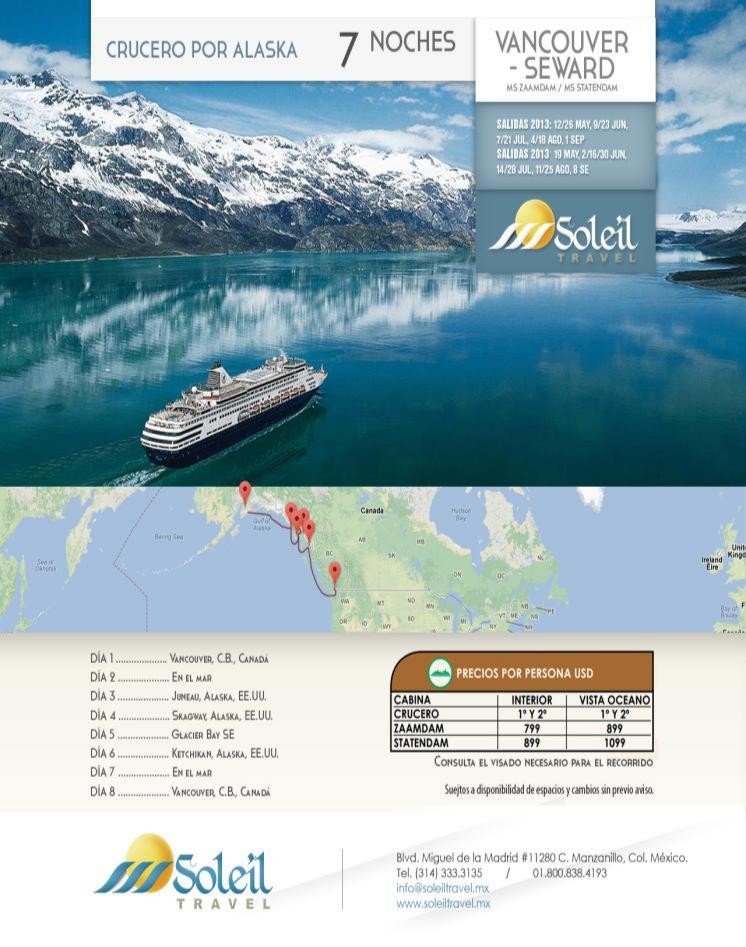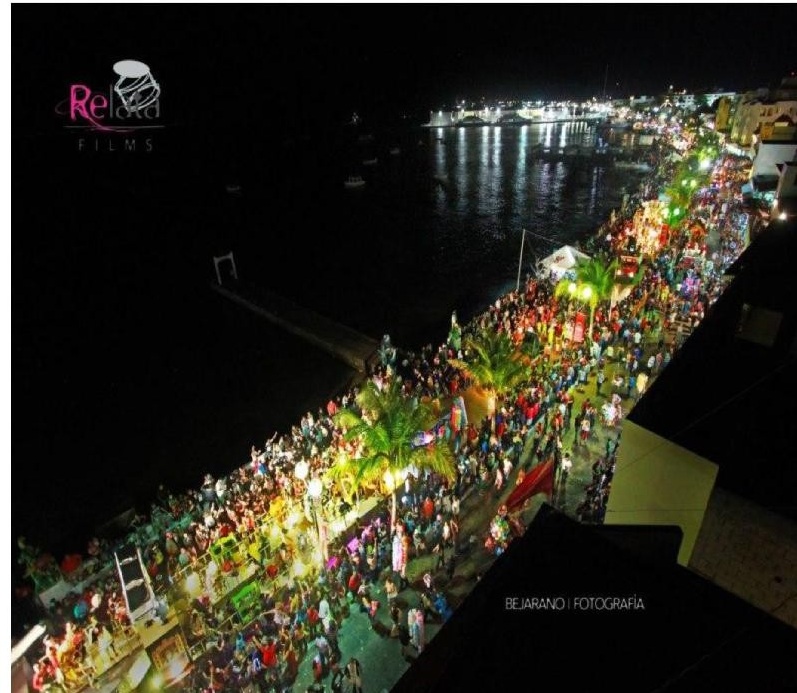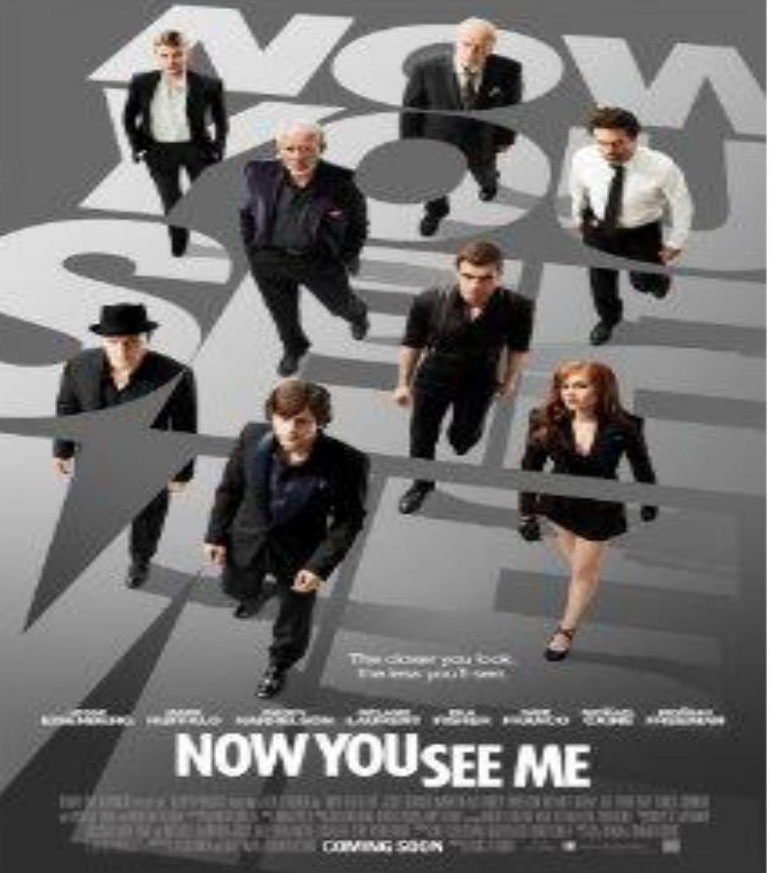By Manzanillo Sun Writer from the May 2013 Edition
as of 21st April 2013
There is much grumbling and complaints being made over the latest FAA demands that budgets are reduced drastically by September of this year. Air traffic controllers are asking to go without work for one day every other week. The hardest hit airports are naturally going to be the busiest in the U.S. and the impact will affect the minor airports in turn. It is possible that flights will have to be cut back, prices will rise again due to lack of passengers and flights to spread the load.
The major airports likely to be targeted:
New York-LaGuardia (LGA)
New York-Kennedy (JFK)
Newark Liberty (EWR)
Philadelphia (PHL)
Fort Lauderdale (FLL)
Chicago O’Hare (ORD)
Chicago Midway (MDW)
San Francisco (SFO)
Los Angeles (LAX)
San Diego (SAN)
 A recent news letter from the Flyers Rights Organisation points out the current user feed that passengers are paying in hidden taxes now and listed below. Many other items they suggest should be considered before the Air Traffic Controllers and passenger safety. Has this been caused by the free travel on points that have been such a successful promotion for airlines?
A recent news letter from the Flyers Rights Organisation points out the current user feed that passengers are paying in hidden taxes now and listed below. Many other items they suggest should be considered before the Air Traffic Controllers and passenger safety. Has this been caused by the free travel on points that have been such a successful promotion for airlines?
Specifically, here are the user fees passengers pay now in the U.S. : 7.5 percent Excise Tax
9/11 Security Fee = $2.50 per flight number to a maximum of $5 per one-way or $10 per roundtrip
Federal Segment Fee = $3.90 per takeoff or landing (maximum of $15.60)
Passenger Facility Charges (PFCs) = up to $18
When traveling internationally, we have to pay additional user fees to take off and land, to have our passports checked and our luggage inspected for customs.
International Departure Tax = $17.20 International Arrival Tax = $17.20
Immigration user fee = $7 Customs user fee = $5.50
U.S. Animal and Plant Health Inspection Service fee = $5
Airline industry studies show that passengers are taxed at a higher federal rate than alcohol and tobacco. And now travelers aren’t getting what they are paying earmarked taxes and fees for.
* Since 1990, the number of aviation taxes/fees has increased from six to 17; the total amount of taxes paid by the industry has grown from $3.7 billion to $17 billion over the same period.
* The tax burden on a typical $300 round-trip ticket has nearly tripled since 1972, rising from $22 (7 percent) to $61 (20 percent).
* Annually, airlines and their customers contribute $10 billion to $12 billion to the Airport and Airway Trust Fund; general aviation contributes about $200 million.
* Airlines and their customers already incur $3.4B-$3.8B per year in federally imposed security taxes/fees.
* Also, the FAA’s budget has increased more than 100 percent over the last 15 years.
House Committee on Transportation and Infrastructure Chairman Bill Shuster (R-PA) noted:
“There are $2.7 billion in non-personnel operations costs that should be examined before FAA personnel are furloughed.”
Into this add all of these costs concerning the rising cost of driving across country plus staying at indifferent hotels and the day of the large travel plans may well be grinding to a halt. Certainly a boat is sounding far more attractive but I am sure someone will find a way to harness and tax the wind.
For further information or to receive the Flyers Rights newsletter FlyersRights.org [kendallc@flyersrights.org].
Download the full edition or view it online
Manzanillo Sun’s eMagazine written by local authors about living in Manzanillo and Mexico, since 2009




You must be logged in to post a comment.